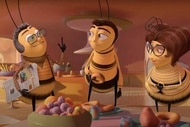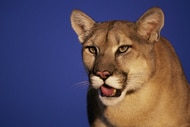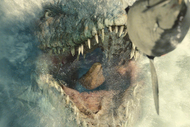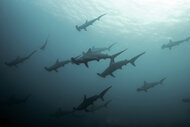Create a free profile to get unlimited access to exclusive videos, sweepstakes, and more!
Be they ‘pizzlies’ or ‘grolars,’ polar and grizzly bears are mating to survive climate change
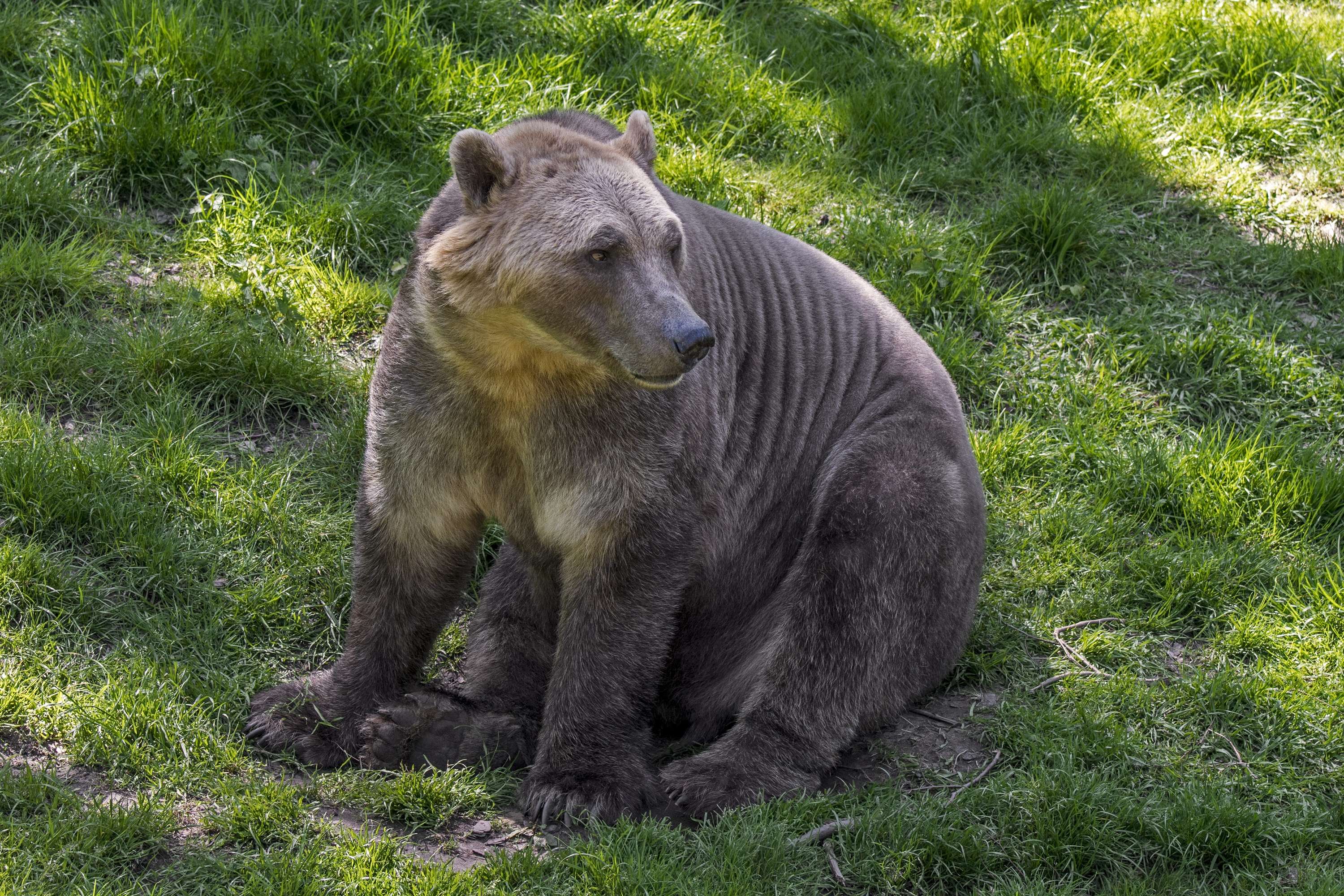
In a sign the world is either evolving or ending, grizzly bears and polar bears are mating, and now pizzly or grolar bears, depending on your preference, are spreading across the Arctic.
Scientists say that climate change is driving the hybridization. With sea ice thinning, the endangered, starving polar bears are being driven southward, where they’re meeting up with grizzly bears ranging ever northward. And that’s where the magic happens.
With ever-growing contact between the two species, nature is apparently taking its course, as there have been more and more sightings of said pizzlies, or grolars, whichever you prefer (obviously we’re still deciding).
While the cause of such breeding may not be natural, what with climate change driving both migrations, the effect is. According to some scientists, the hybrid species may be in the process of selecting the best traits of both the polar and the grizzly bear to give them advantages in such warming northern habitats. And the pizzlies (or perhaps grolars) may be here to stay.
"Usually hybrids aren't better suited to their environments than their parents, but there is a possibility that these hybrids might be able to forage for a broader range of food sources," Larisa DeSantis, a paleontologist and associate professor of biological sciences at Vanderbilt University in Tennessee who recently published a study in the journal Global Change Biology, told Live Science.
For instance, polar bears, which only diverged with grizzlies 500,000 to 600,000 years ago, possess longer skulls -- all the better for plucking plucky seals from the sea. But, according to DeSantis, “Their molars are smaller than is typical for their body size because all they eat is blubber all day. Grizzlies, on the other hand, can eat whatever they want. We don't know yet, but perhaps the intermediate skull of the pizzly could confer a biomechanical advantage."
As has been shown via studies made in both captivity and in the wild, grizzly bears and polar bears can mate and produce viable offspring, with the fertile hybrids producing their own little pizzlies.
Since the first known sighting occurred in 2006 in the wilds of the Northwest Territories of the Canadian Arctic, sightings of grolars have been increasing, including a 2017 study in the journal Arctic that tracked eight hybrids from a single game female polar bear and her two hunky, grizzly mates.
A 2016 study in the journal Biology Letters said that polar bear populations could decrease by more than 30 percent in the next 30 years. Interestingly, the grizzlies themselves are part of the reason for such a dire prediction, as they are outcompeting the picky polar bears for alternative food sources.
Hey, if you can’t beat ‘em, join ‘em.

